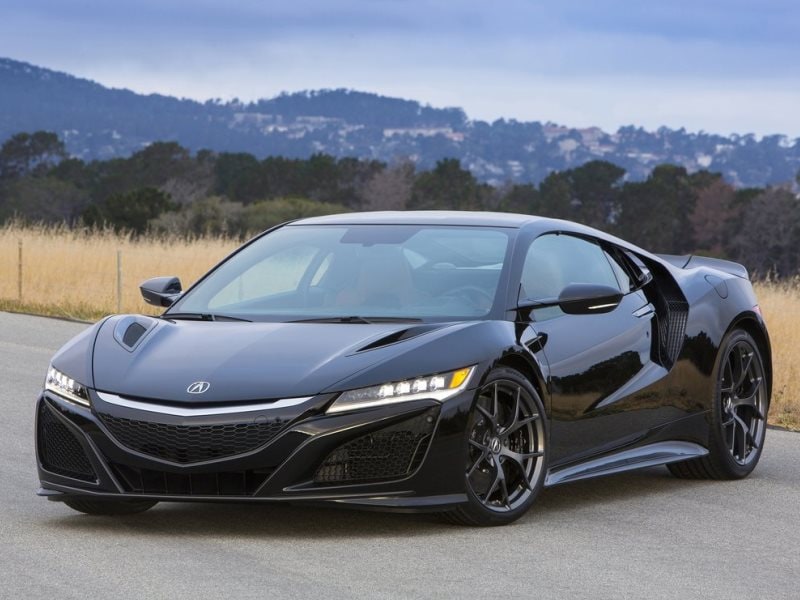Recent Articles
Popular Makes
Body Types
10 Mid-Engine Sports Cars for 2016
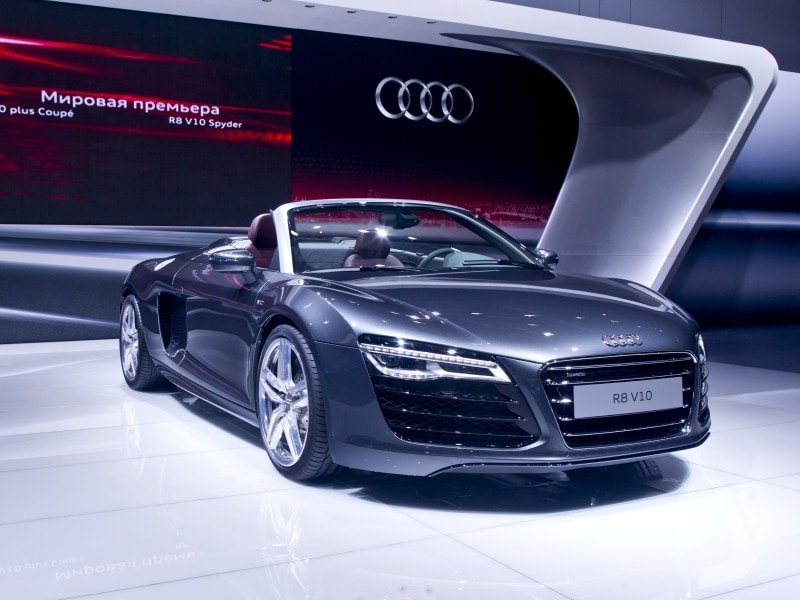
Most cars these days are front-engine layout and front-wheel drive, and this arrangement does its job. The front fenders provide ample space for the engine and its accessories, there's easy access for repair and maintenance, and it's a short trip down the drivetrain to get the power through the transmission and to the front wheels. However, not all cars can prioritize this convenience.
Sports cars usually feature the other two types of engine layout: rear-engine and mid-engine. These layouts are advantageous in performance cars for a few reasons. They provide a better balance of the car's weight, yielding advantages in traction and handling. Mid- and rear-engine cars also make a rear-wheel drive configuration more efficient. Eager to feel the change in balance for yourself? Check out some of 2016's mid-engine sports cars.
1) 2016 Lamborghini Aventador
The 2016 Lamborghini Aventador is capable of hitting more than 200 mph, thanks to its 6.5-liter 12-cylinder engine with 691 horsepower and 508 lb-ft of torque. The Aventador Superveloce boosts output to 740 horsepower, 509 lb-ft of torque, and a top speed of 217 mph. In either case, the Lamborghini’s stability is thanks to the engine’s location, right behind the cockpit. Anywhere else and the low-slung supercar would be so far out of balance that it would quite possibly be undriveable. Not to fear, though, because those Italian engineers know what they’re doing. Slip into the Aventador’s driver’s seat, apply the launch control, and the Aventador can reach 60 mph in less than three seconds. All-wheel drive and a seven-speed dual-clutch automated manual transmission also help harness the Lamborghini’s power.

2) 2016 BMW i8
BMW’s latest addition to the family, the i8, turns heads thanks to its futuristic styling, but enthusiasts know that there’s more to the hybrid sports car than meets the eye. The mid-engine drivetrain in the 2015 version of the i8 consists of a turbocharged 1.5-liter three-cylinder engine paired to an electric motor, for a total of 357 horsepower and 420 lb-ft of torque, and a 0-60 sprint time of 4.4 seconds. The i8’s drivetrain is as efficient as it is fast, able to switch between electric power for city driving and gas power on open roads. For 2016, BMW plans to introduce a new, faster version of the i8, swapping out the three-cylinder unit in favor of a four-cylinder and adding 100 more horsepower to the spec sheet.
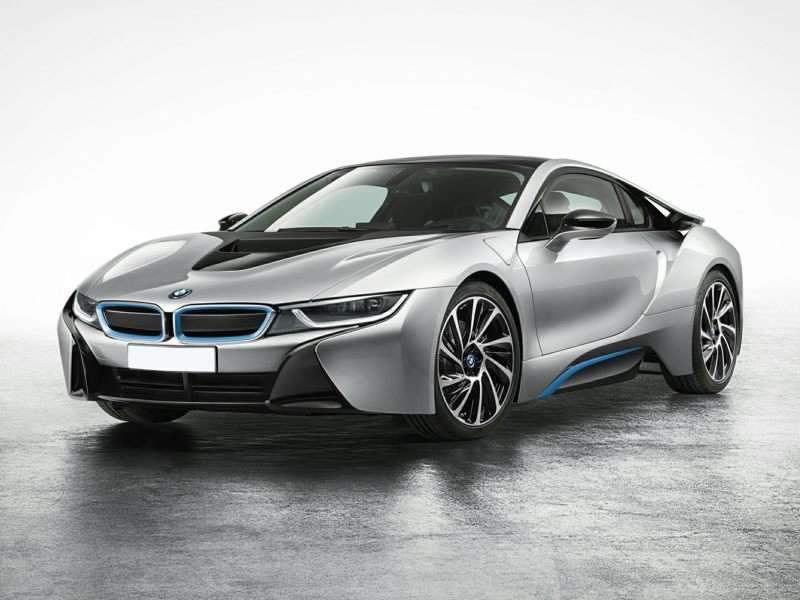
Photo by BMW
3) 2016 Audi R8
The 2016 R8 is ready to bring in a new generation of Audi’s supercar. Exterior changes are subtle, because that’s just how Audi operates. Fans of the original are likely to remember the clear shell that encased the engine, and though it didn’t exactly look like a mid-engine layout (mounted a little too high), it certainly qualified according to most drivers’ criteria. The redesigned R8 is based on the mid-engine Lamborghini Huracan’s architecture, so the lucky folks to drive the first few off the line should notice the same excellent driving dynamics. The 2016 Audi R8 comes in two different varieties, the V10 and the V10 Plus. Both feature a 5.2-liter V-10 engine on loan from the Huracan. The V10 model gets 540 horsepower, and the V10 Plus gets 610 horsepower.
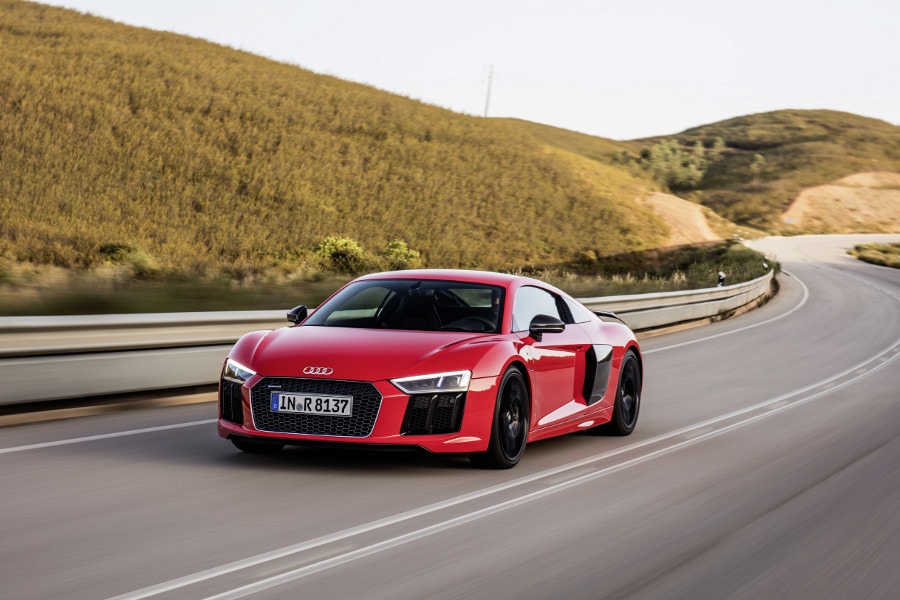
Photo by Audi Media Services
4) 2016 Porsche Cayman
Porsche fans probably already know this, but when the 2016 Cayman hits dealer lots, it’ll be down two cylinders. Though the Cayman retains its mid-engine layout, the revised Cayman is powered by a turbocharged four-cylinder engine, instead of the six-cylinder engine it used for ages. Full specs haven’t yet been revealed, but Porsche promises that the addition of the turbocharger will provide a bump over the 2015 Cayman’s 325 horsepower. The move raised some eyebrows, but really, as long as the engine remains in its position behind the driver, the Cayman’s driving dynamics will remain intact. The Cayman’s revered for its cornering and handling skills, regardless of the driver’s actual talent, and this certainly isn’t something Porsche would put at risk. Look for the mid-engine 2016 Cayman, turbocharger and all, in late 2015.

5) 2016 Ferrari 488 GTB
The 2016 Ferrari 488 GTB is a replacement for the outgoing 458 Italia, and though it’s yet to be seen if the new car will be as universally embraced as its predecessor, the 488 GTB is introducing some new rules to the game. Ferrari has stated that every new engine to come from the Italian manufacturer will be either turbocharged or a hybrid of some sort. The environmental advocates might have won this battle, but really, the cars won’t suffer for it. Even though the 488 GTB’s engine is smaller than the 458 Italia’s, it makes more power. The twin-scroll twin-turbo 3.9-liter V-8 makes 661 horsepower as compared to the 458 Italia’s 597 horsepower. And, as the engine stays firmly between the cockpit and the rear axle, the experience will indeed be excellent.
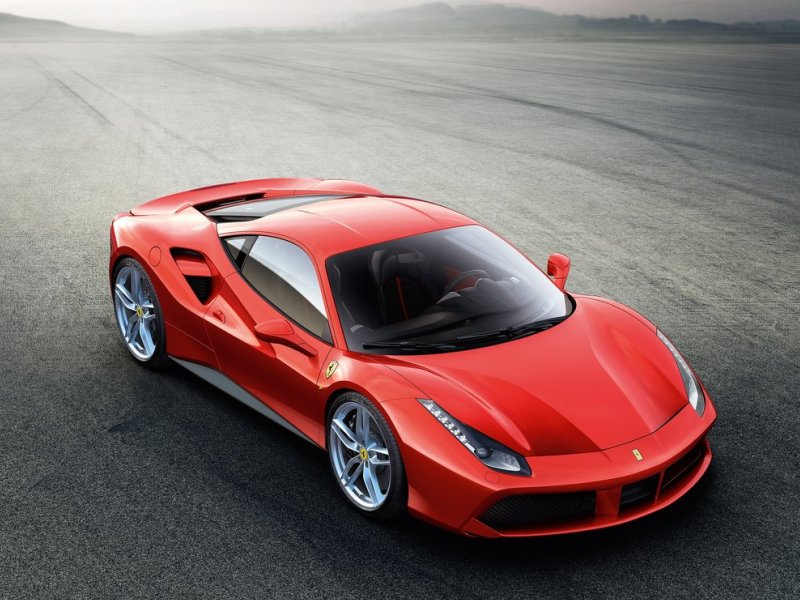
Photo by Ferrari
6) 2016 Lotus Evora
The Lotus Evora disappeared from the United States for the 2015 model year, but it’s back for 2016, after a few small changes to ensure it’s legal for road use on this side of the Atlantic. Fortunately, though, the Evora’s mid-engine drivetrain remains intact. The 2016 Evora is powered by a 3.5-liter V-6 sourced from Toyota, so, it’s not the heaviest or most cumbersome of engines. But Lotus is known for its exceptionally lightweight cars and track-optimized suspension tuning, both of which make engine placement absolutely critical to obtain the best possible balance. The base Evora makes 276 horsepower, and a supercharged version is available, which boosts output to 345 horsepower. Though the 2016 Lotus Evora’s numbers are modest compared to others on this list, its minimalist design makes all the difference.

7) 2016 Alfa Romeo 4C
In 2015, Alfa Romeo made a dramatic return to the United States with the 4C, an aggressively styled mid-engine two-seater, available in both coupe and convertible body styles. The 2016 4C is relatively unchanged from the model’s debut, boasting 237 horsepower and 258 lb-ft of torque thanks to the 1.7-liter turbocharged four-cylinder engine that’s mounted behind the cockpit. A six-speed automated manual gearbox sends the 4C’s power to the rear wheels. It’s another modest addition to this list, at least in terms of power output, but the 2016 4C offers an excellent driving experience that makes it feel faster and more powerful than it actually is. The Alfa Romeo 4C features extensive use of carbon fiber in its construction, which keeps weight to a minimum, and the mid-engine layout optimizes handling.

8) 2017 Ford GT
It’s a 2017 model, but the all new Ford GT is projected to be released sometime in 2016, which absolutely counts. The 2017 Ford GT made its debut at the North American International Auto Show in Detroit in early 2015, marking the official beginning of a long wait for people who really want a new supercar from the Blue Oval. The 2017 Ford GT will be constructed of hand-laid carbon fiber and powered by an EcoBoost twin-turbo 3.5-liter V-6 that’s mounted behind the front seats. Ford says this engine will yield more than 600 horsepower, but haven't yet revealed an official figure. The GT will be fast in a straight line, but that’s not Ford’s objective. The strategy behind the mid-engine layout? Ford wants to take on Ferrari, making handling a priority.
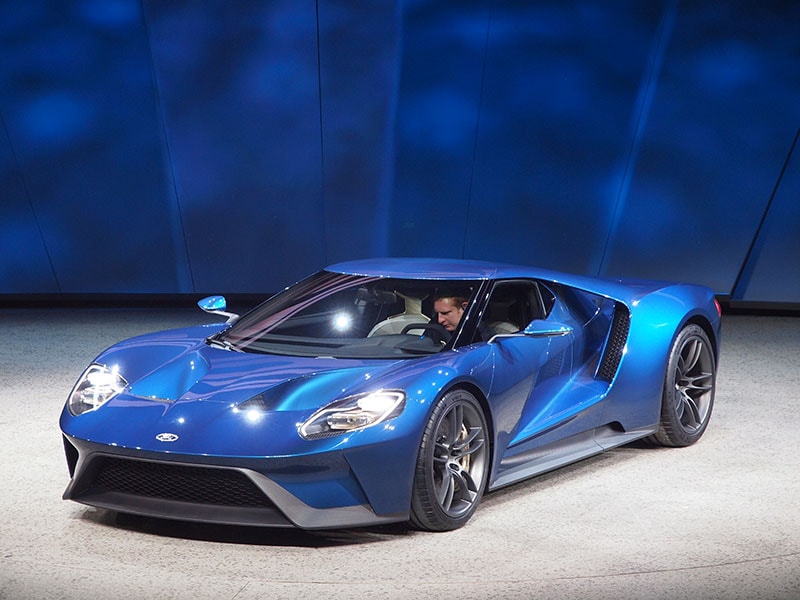
Photo by Megan Green
9) 2017 Chevrolet Corvette
(2016 Chevrolet Corvette pictured)
If one Detroit dynasty reveals plans for a mid-engine sports car, it’s safe to say there will be cross-town competition sooner rather than later. Rumor has it that the 2017 version of the Chevrolet Corvette will be graced with a mid-mounted engine to improve the Vette’s road manners. Chevy can’t harvest any more power from a front-mounted Corvette engine without a thorough overhaul, because the current car is already pushing its limit. With a new generation due, the time is ripe; however, this new model will be the top-end Corvette, and it is projected to be sold alongside the outgoing version for at least a couple of years. Chevrolet is (understandably) a little stingy with the details, so the engine type, power output and other specs are a mystery at this point.
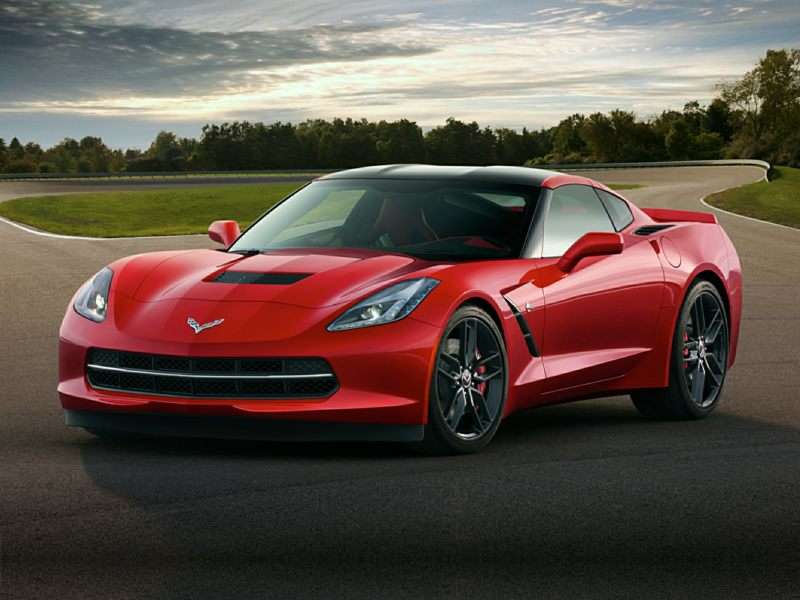
Photo by Chevrolet
10) 2017 Acura NSX
The reboot of the Acura NSX was originally supposed to arrive in 2015 as a 2016 model. Rest assured, Acura says, it’s on its way and with a better drivetrain than planned. The 2017 Acura NSX will be a hybrid supercar that’s powered by a gasoline engine mounted in front of the rear axle, paired to electric motors that are mounted on both the front and rear axles to assist the all-wheel drive system. In theory, the NSX can operate on electric power alone, but the battery’s small and range is very limited. That’s okay, because the hybrid system is more for efficiency than eco-friendliness. After all, the NSX is expected to produce at least 550 horsepower from its twin-turbocharged 3.5-liter V-6 engine when combined with the electric motors and battery.
